The Daring & Dangerous Polar Explorations of Ernest Shackleton Captured in Photographs
Their incredibly tough journey of 1914-17 was recorded in breathtaking photos!
In the 1910s expeditions to far-off places were making big headlines. Explorers like Douglas Mawson and Ernest Shackleton set new world records and gathered valuable scientific data about places on Earth that few humans had ever set foot on before.
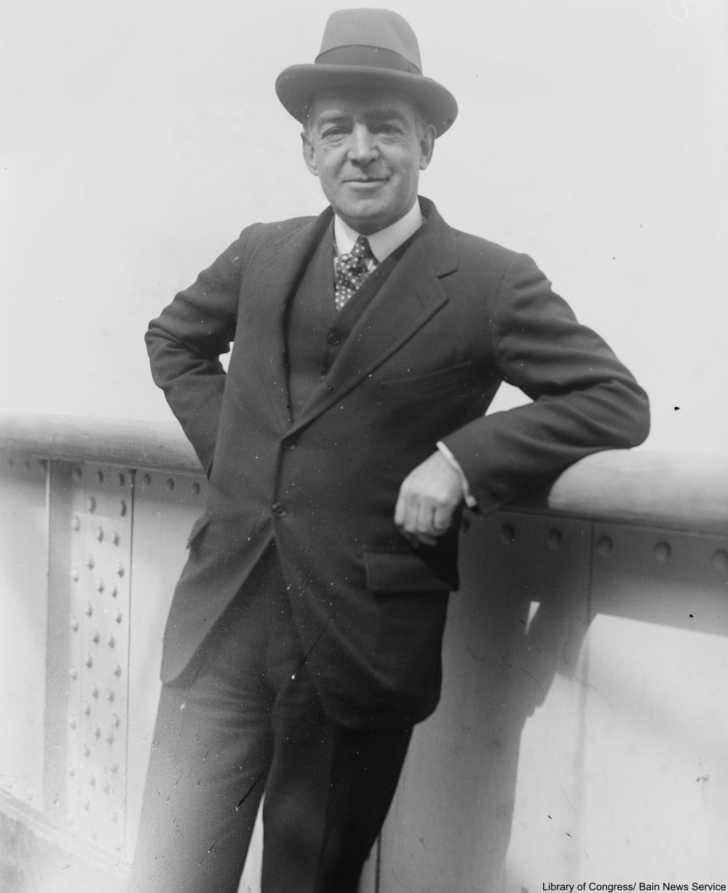
The Imperial Trans-Antarctic Expedition was planned for 1914 and Frank Hurley, known for his relentless pursuit of the perfect angle, was the official expedition photographer for Ernest Shackleton’s expedition. When the group ran into trouble, Hurley snapped photos of it all. Have a look at Hurley’s awe-inspiring photographs below.
Endurance and The Expedition
The crew had set out from Plymouth, England, on August 1st, 1914, the same day that Germany declared war on Russia. The expedition intended to traverse the Atlantic and make it all the way to Antarctica without incident in a ship specially-designed to perform well in polar conditions. Endurance was made from wood, a vessel with reinforced joints made by expert shipbuilders to withstand icy shores and cold temperatures. But, the ice proved more than Endurance could handle.
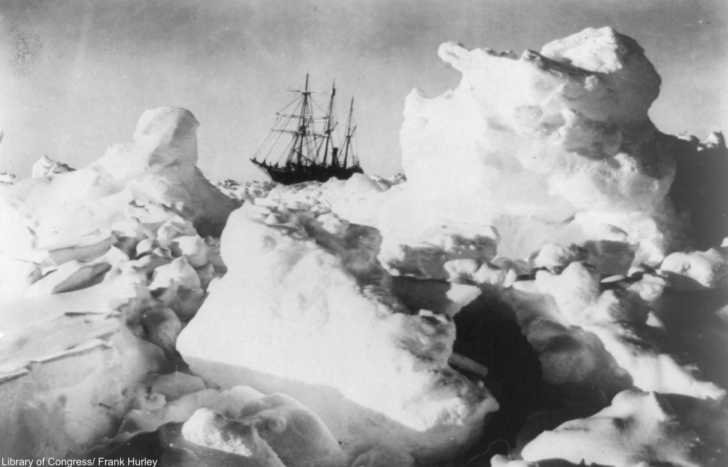

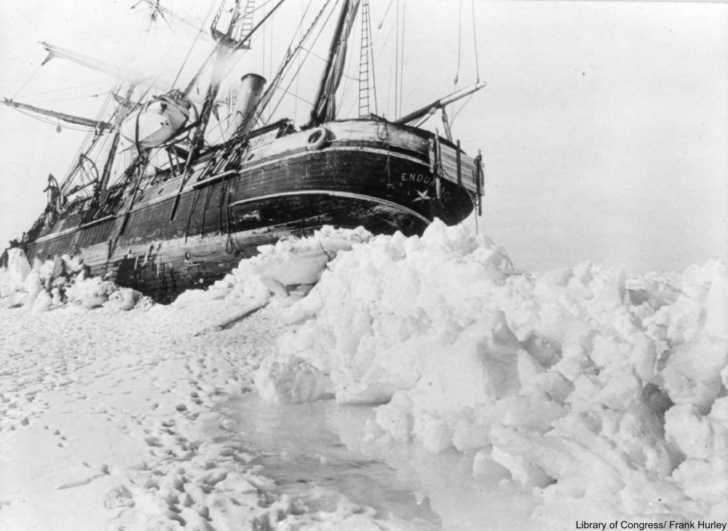
Endurance became lodged in the ice that covered the waters of the Weddell Sea and the crew was stuck in one spot for months. When water began to leak into the ship, they were left with no choice but to abandon her and head to the shore. Endurance sank on December 21st, 1915.
Life Ashore
The group made for Elephant Island, so named for the elephant seals that frequent its shores. The expedition traveled for 7 days in rough waters in lifeboats to reach the shore.
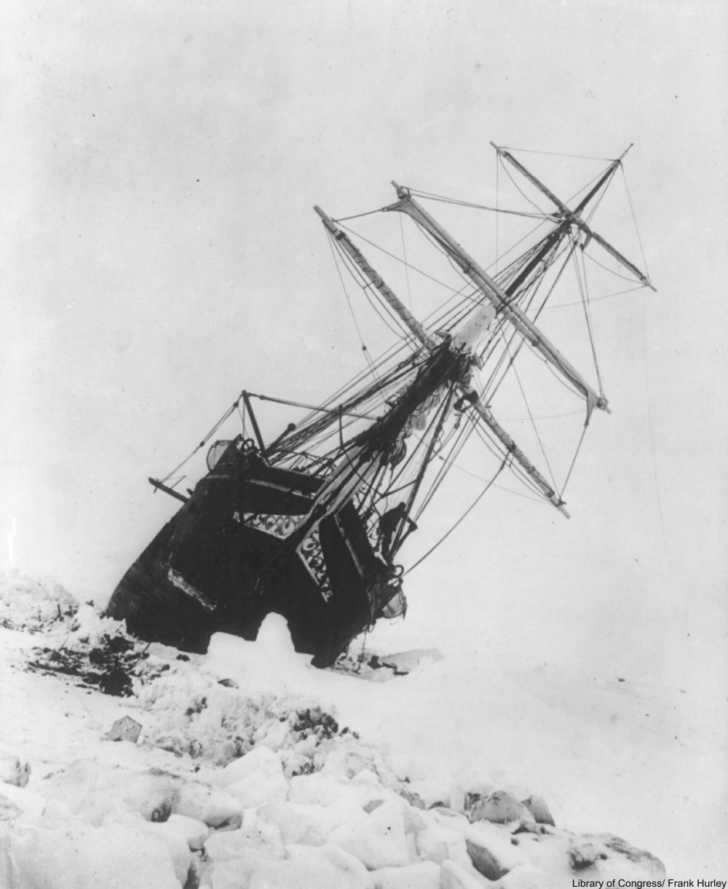
Those ashore at first attempted to live in a hole cut into the ice and snow. When this proved an inferior shelter, Frank Wild (second in command) built shelters from the lifeboats and some canvas material, which is probably what saved their lives.
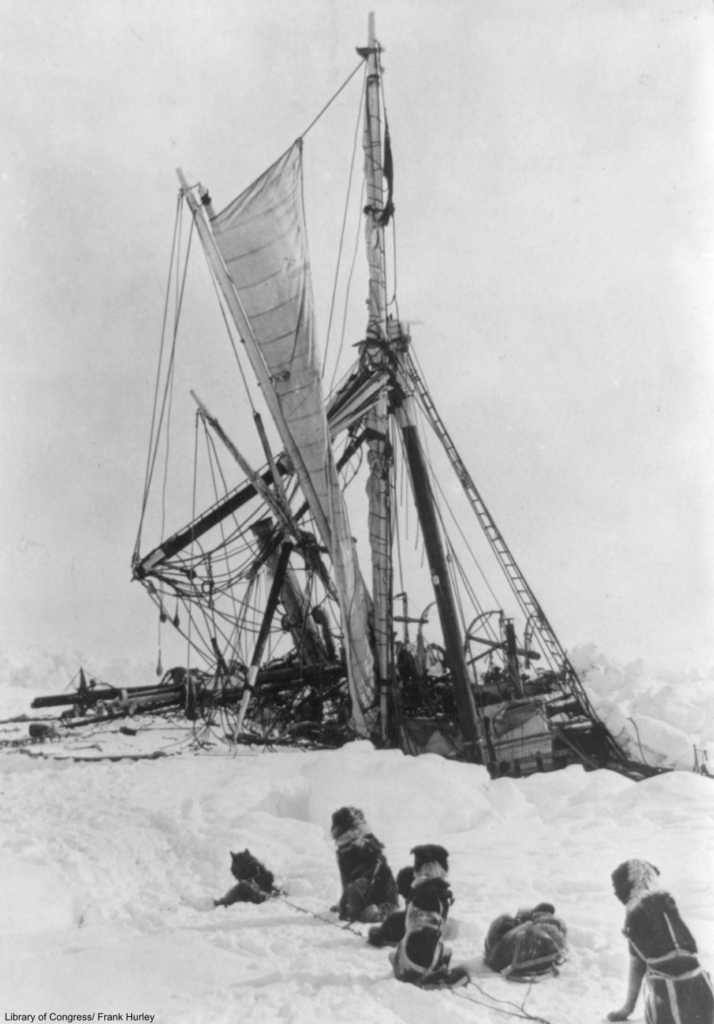
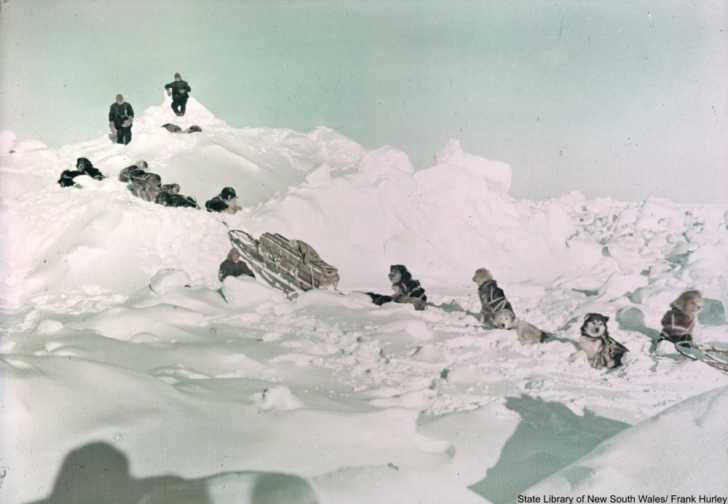
The crew sustained themselves by fishing and seal-hunting, though game was not plentiful.
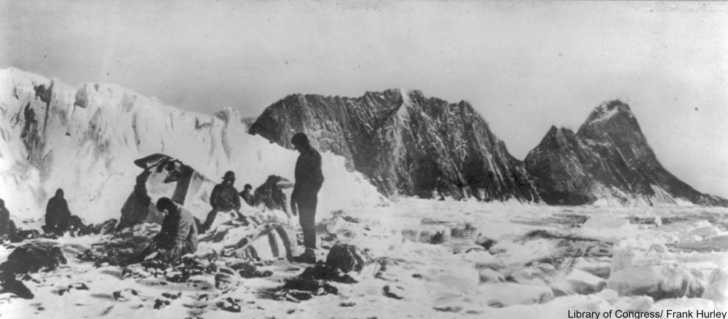
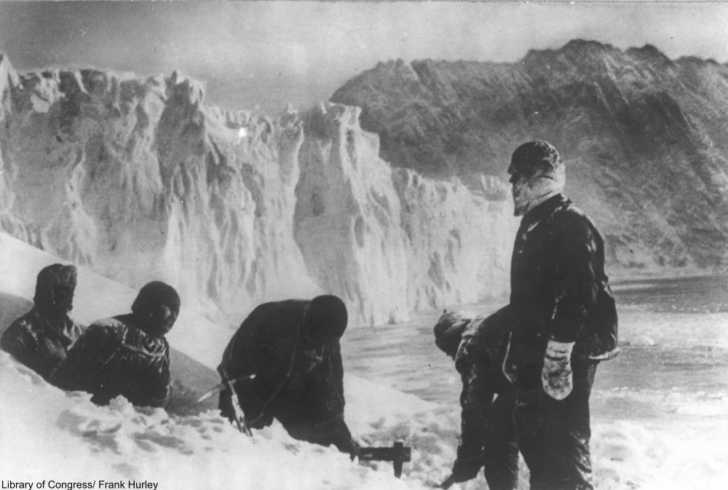
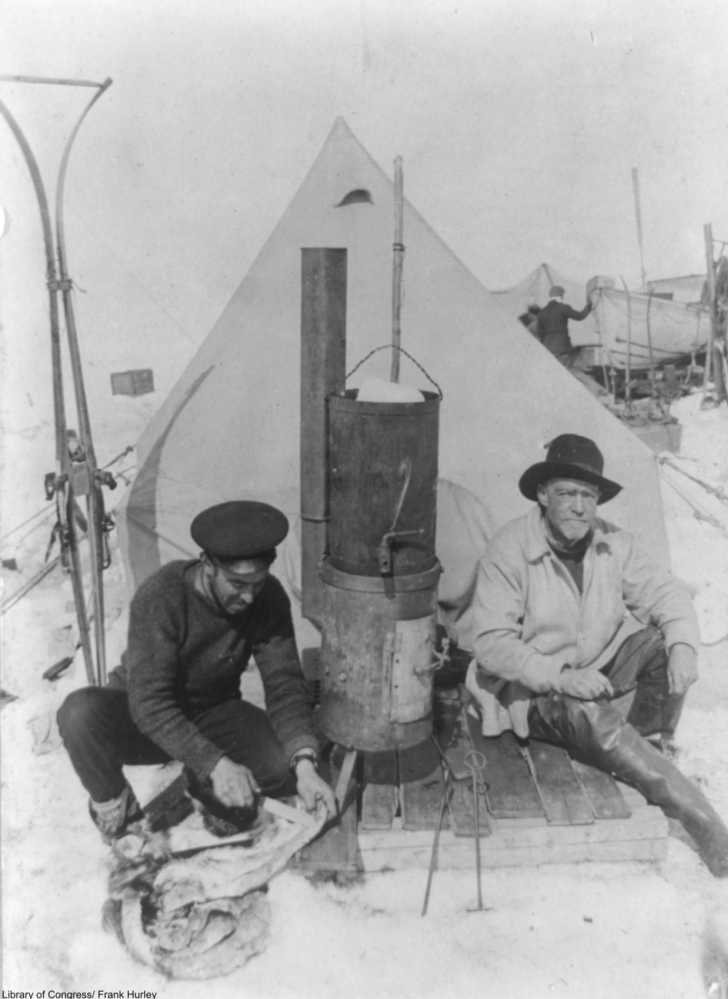
The Rescue
Shackleton sought help by sailing in a smaller vessel that was carried aboard Endurance, the James Caird. He took with him 5 men, leaving behind 22 others who had to make due on the ice until he returned. Shackelton sailed to the South Georgia Islands to get help at a whaling station that they had stopped at on the way to Antarctica.
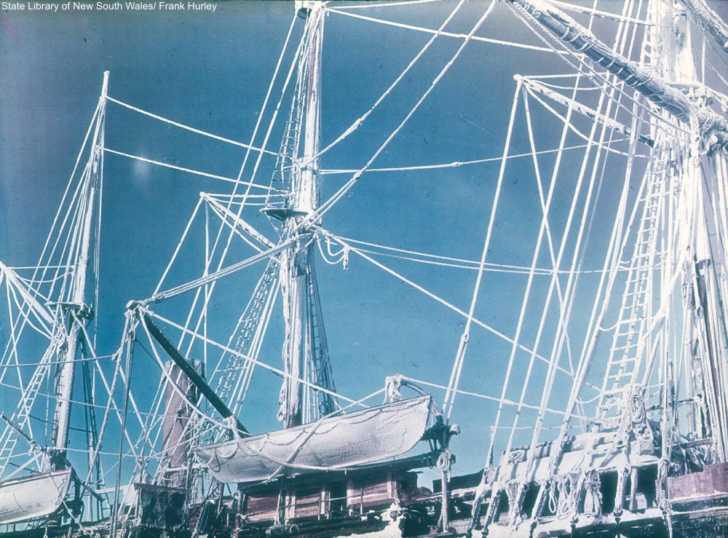
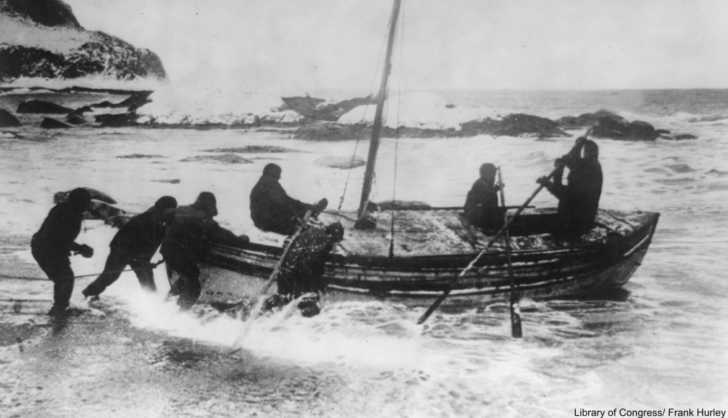
When Shackelton finally returned more than 3 months later in August of 1916, the crew learned that this was the actually the fourth attempt at rescuing the men living ashore. Each of the previous rescue attempts were disbanded due to extreme weather. Despite the rough circumstances, incredibly not a single member of the expedition died.
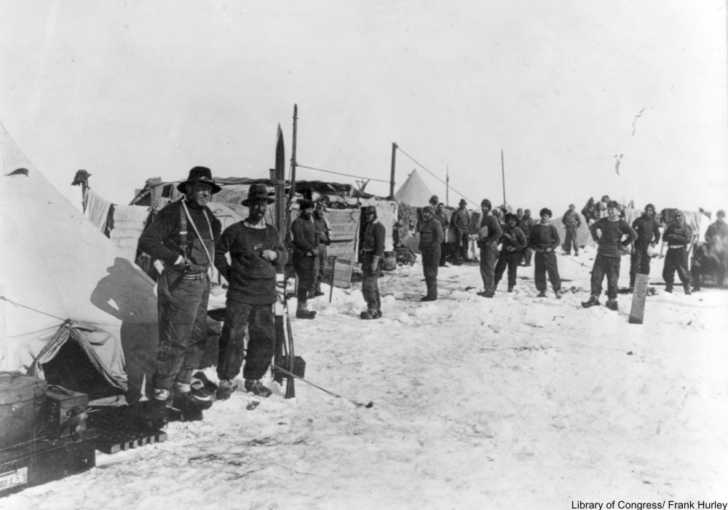
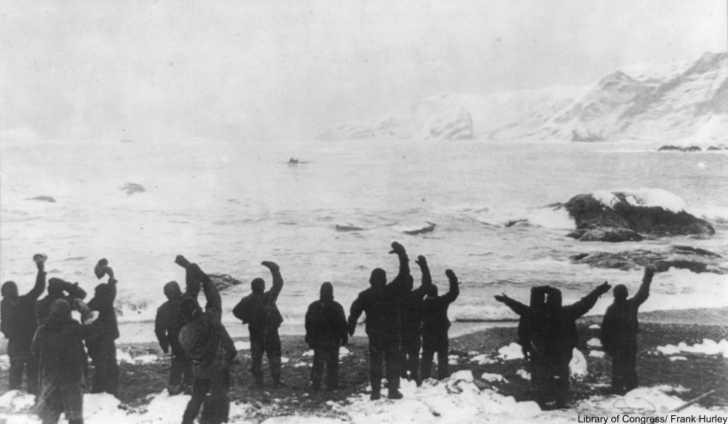
The Photographer
Hurley was one of those left behind from the rescue mission and the photographs he took during this time remain some of the most incredible of the 20th century. The looming ice formations and the men making due in frigid wind-blown Antarctica so clearly represent an era when explorers were big news and risked their lives to discover far off places.
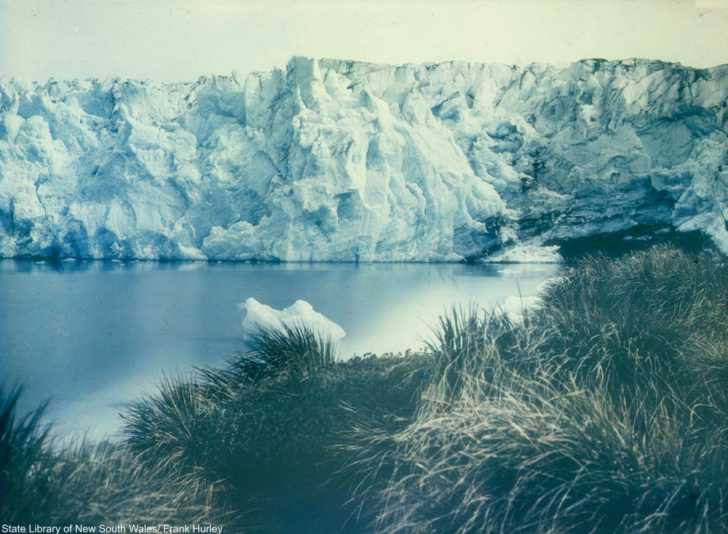
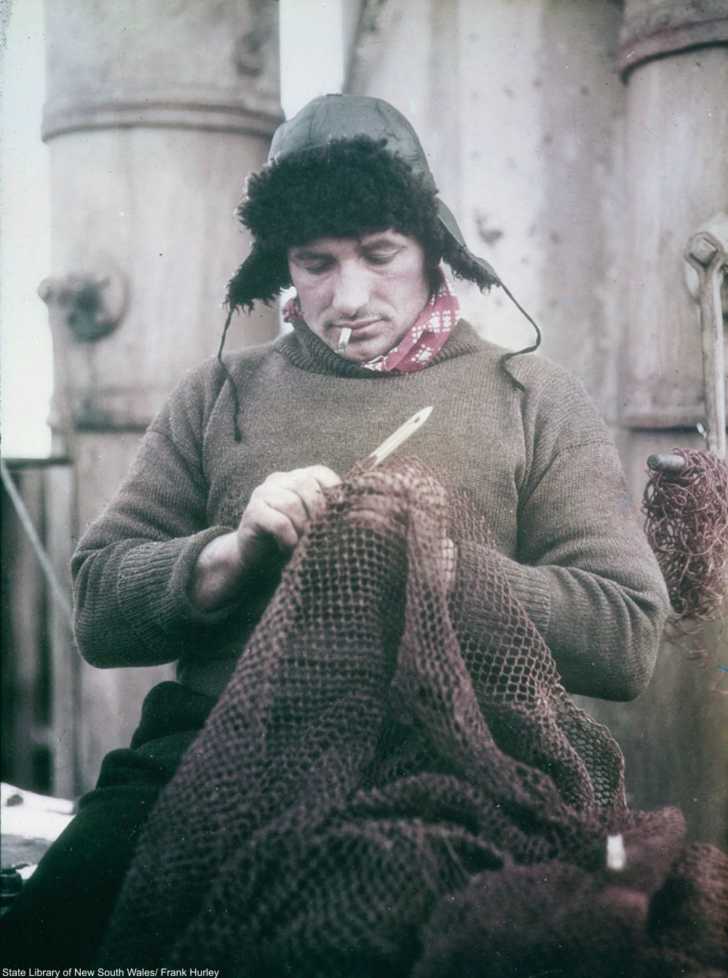
Frank Hurley remains one of the most daring and prolific photographers of that time period, with his previous work on arctic expeditions and his subsequent work in World War I and beyond helping to secure his legacy.
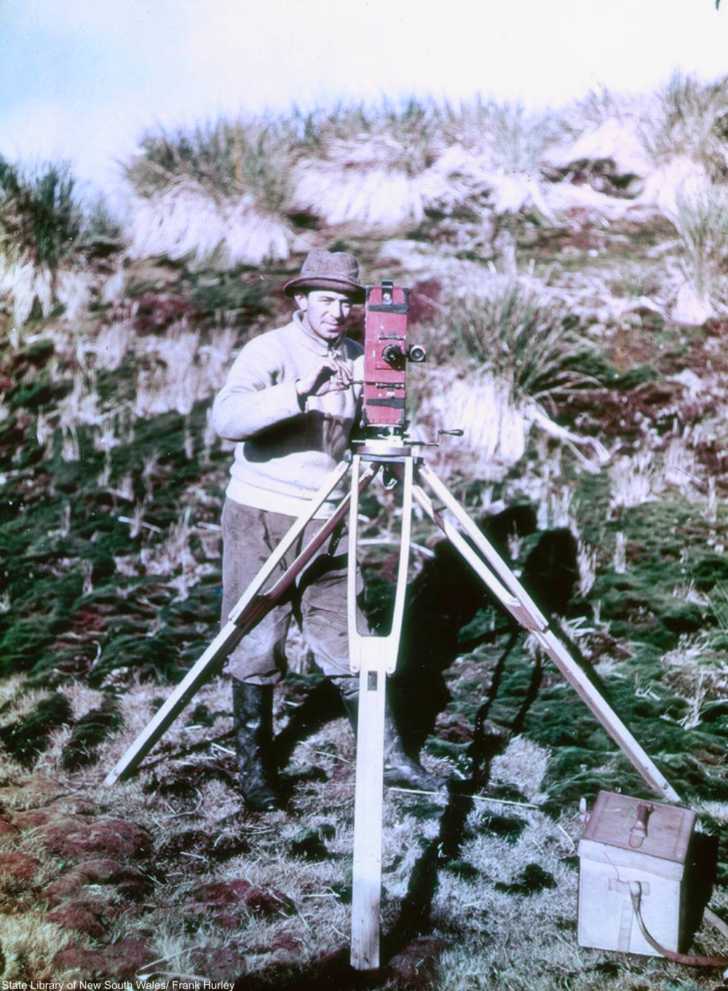
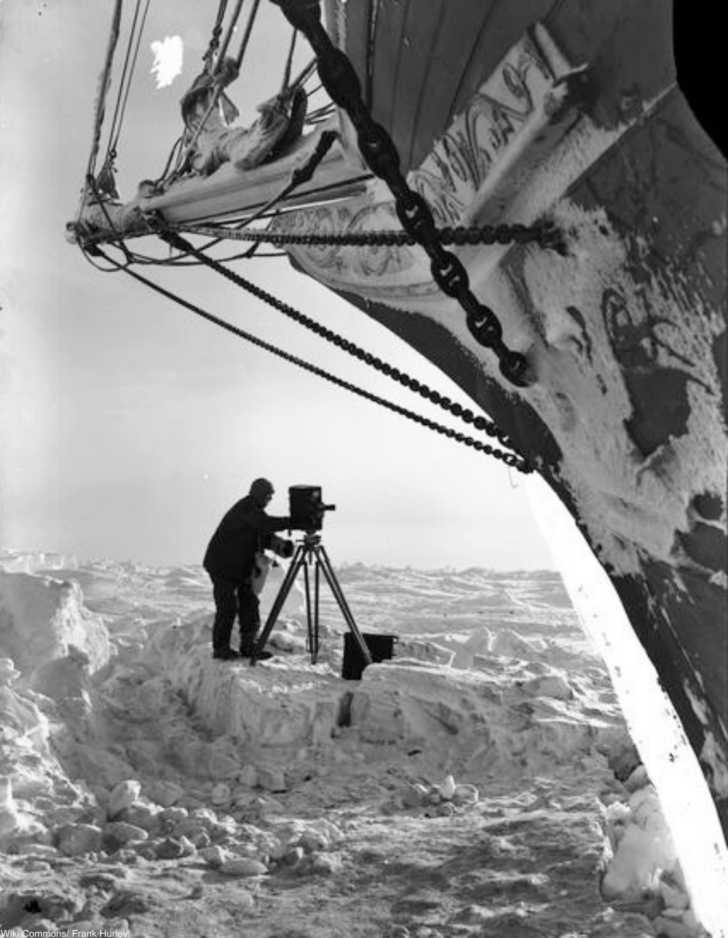
In an era when cameras were still cumbersome, mysterious devices, the concept of location photography and photojournalism was not as prevalent as today. But, in Hurley the world had found a man willing to travel into danger with a crew of explorers in order to get some truly amazing shots.
SKM: below-content placeholderWhizzco for DOT

